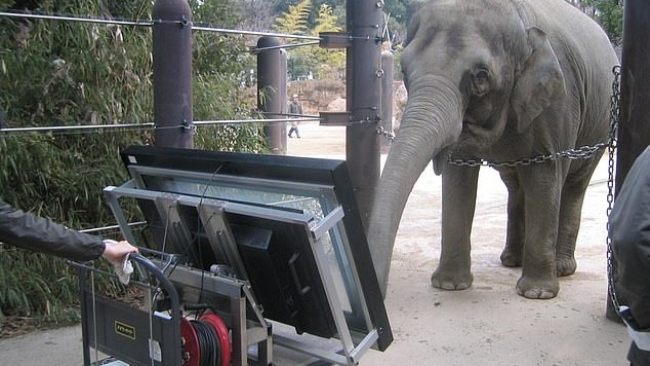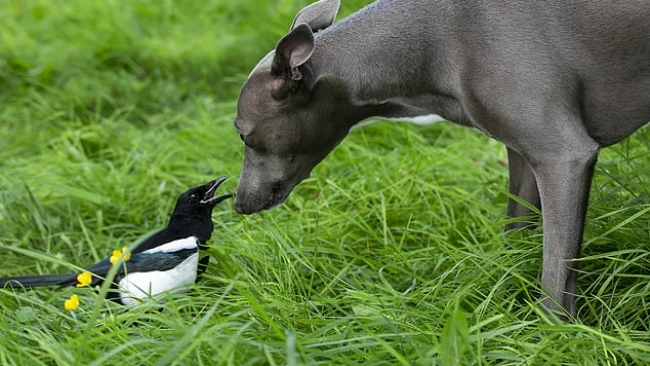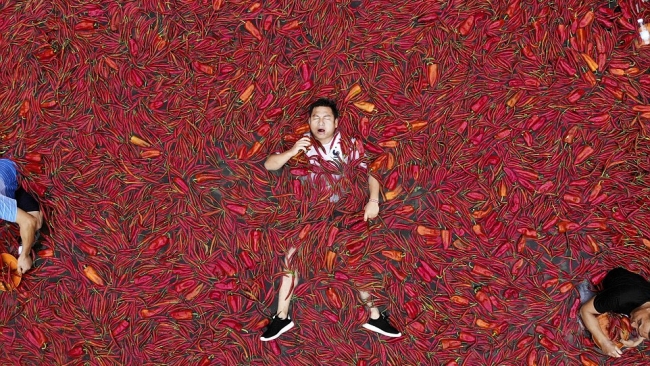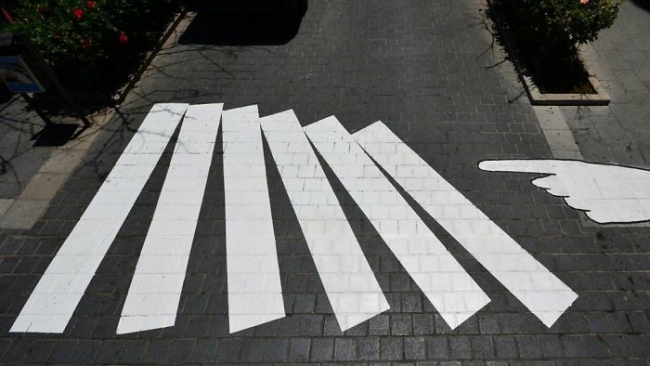Earliest evidence of winemaking: Team discovers 8,000-year-old wine production in ancient Middle East
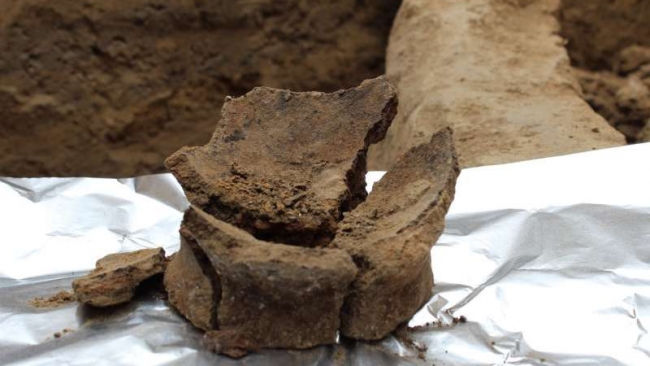
Excavations in the Republic of Georgia by the Gadachrili Gora Regional Archaeological Project Expedition (GRAPE), a joint undertaking between the University of Toronto (U of T) and the Georgian National Museum, have uncovered evidence of the earliest winemaking anywhere in the world. The discovery dates the origin of the practice to the Neolithic period around 6000 BC, pushing it back 600-1,000 years from the previously accepted date.
The earliest previously known chemical evidence of wine dated to 5400-5000 BC and was from an area in the Zagros Mountains of Iran. Researchers now say the practice began hundreds of years earlier in the South Caucasus region on the border of Eastern Europe and Western Asia.
Excavations have focused on two Early Ceramic Neolithic sites (6000-4500 BC) called Gadachrili Gora and Shulaveris Gora, approximately 50 kilometres south of the modern capital of Tbilisi. Pottery fragments of ceramic jars recovered from the sites were collected and subsequently analyzed by scientists at the University of Pennsylvania to ascertain the nature of the residue preserved inside for several millennia.
The newest methods of chemical extraction confirmed tartaric acid, the fingerprint compound for grape and wine as well as three associated organic acids - malic, succinic and citric - in the residue recovered from eight large jars. The findings are reported in a research study this week in Proceeding of the National Academy of Sciences (PNAS).
"We believe this is the oldest example of the domestication of a wild-growing Eurasian grapevine solely for the production of wine," said Stephen Batiuk, a senior research associate in the Department of Near and Middle Eastern Civilizations and the Archaeology Centre at U of T, and co-author of the study published in PNAS.
Source: Phys.org
Tue 14 Nov 2017 at 08:30
